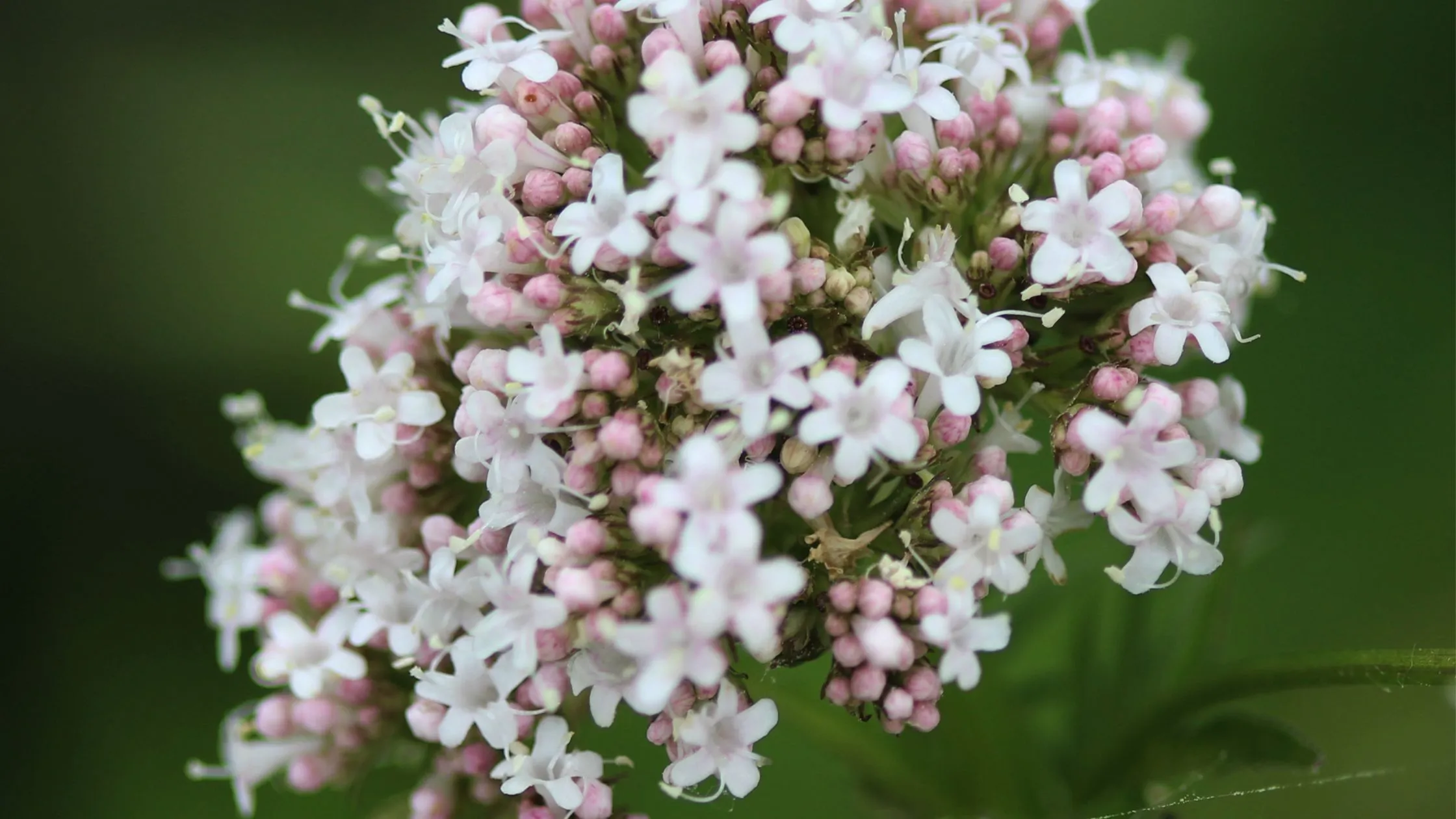Discover the Beauty and Fragrance of Chameli Flowers

Buy Minimum of Rs. 499 to Get Free Shipping on Cash on Delivery

When it comes to beautiful and fragrant flowers, few can rival the charm of chameli flowers. Also known as jasmine, chameli flowers have captivated people around the world for centuries with their delicate white blooms and enchanting scent. In this blog post, we will explore the origins, symbolism, and care tips for chameli flowers, as well as their cultural importance and uses. So, let's dive into the wonderful world of chameli flowers!
Chameli flowers belong to the Jasminum genus, which includes a wide variety of species. One of the most popular species is Jasminum sambac, also known as Arabian jasmine or mogra. This variety is native to South Asia and is widely cultivated for its exquisite fragrance and elegant appearance.
Another popular variety is Jasminum grandiflorum, commonly known as Spanish jasmine or royal jasmine. This variety is native to the Himalayas and is characterized by its larger blooms and intense fragrance. Other varieties of chameli flowers include Jasminum officinale (common jasmine) and Jasminum multiflorum (downy jasmine).
One of the most alluring qualities of chameli flowers is their intoxicating fragrance. The sweet and floral scent of chameli flowers has been cherished for centuries and is often associated with love, romance, and purity. In many cultures, chameli flowers are used to make perfumes, essential oils, and scented candles.
Aside from their delightful fragrance, chameli flowers also offer several benefits. They are known for their calming and soothing properties, which can help reduce stress and promote relaxation. Chameli flowers are also used in traditional medicine for their anti-inflammatory and anti-bacterial properties. They are often brewed into teas or infused in oils to harness their healing powers.
Chameli flowers have long been used for decorative purposes due to their beauty and fragrance. In many cultures, these flowers are used to make garlands, bouquets, and floral arrangements for special occasions and religious ceremonies. The delicate white blooms of chameli flowers symbolize purity, innocence, and eternal love, making them a popular choice for weddings and romantic events.
Chameli flowers also hold significant symbolism in various religions and mythologies. In Hinduism, chameli flowers are associated with the goddess Saraswati, who is revered as the embodiment of knowledge, arts, and wisdom. These flowers are offered to the goddess as a symbol of devotion and to seek her blessings.
If you're looking to add the beauty and fragrance of chameli flowers to your own space, you'll be pleased to know that they are relatively easy to grow. Chameli flowers thrive in warm and tropical climates, but they can also be grown in temperate regions with proper care.
Here are some tips for growing chameli flowers:
By following these simple tips, you can enjoy the beauty and fragrance of chameli flowers in your own garden or indoor space.
Chameli flowers have a wide range of uses beyond their decorative and symbolic value. Let's explore some of the popular uses of chameli flowers:
From their captivating fragrance to their rich symbolism and versatile uses, chameli flowers continue to captivate people around the world. Whether you're looking to add a touch of elegance to your garden, create a serene ambiance in your home, or simply indulge in their enchanting fragrance, chameli flowers are sure to delight your senses.
So, why not bring the beauty and allure of chameli flowers into your own space? Discover the joy of growing and experiencing these exquisite blooms and let their fragrance transport you to a world of serenity and beauty.